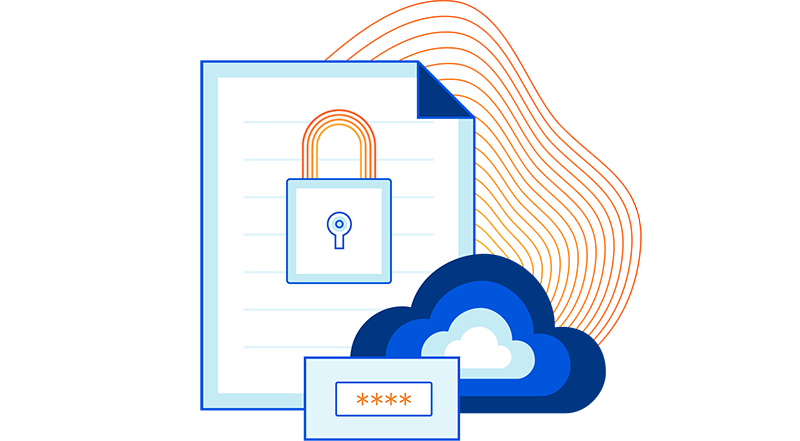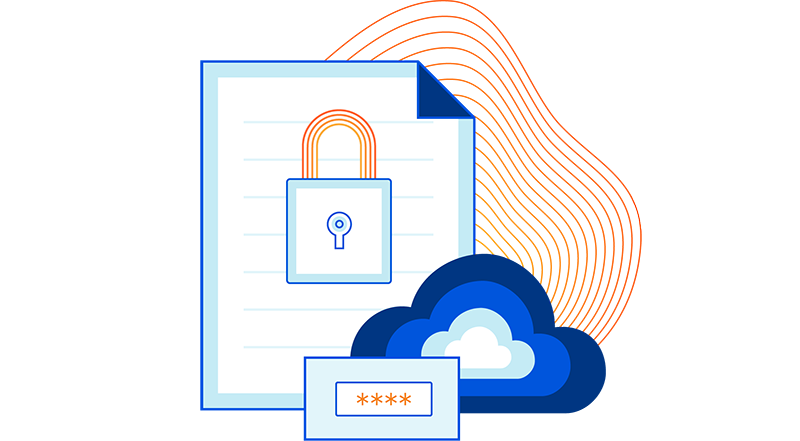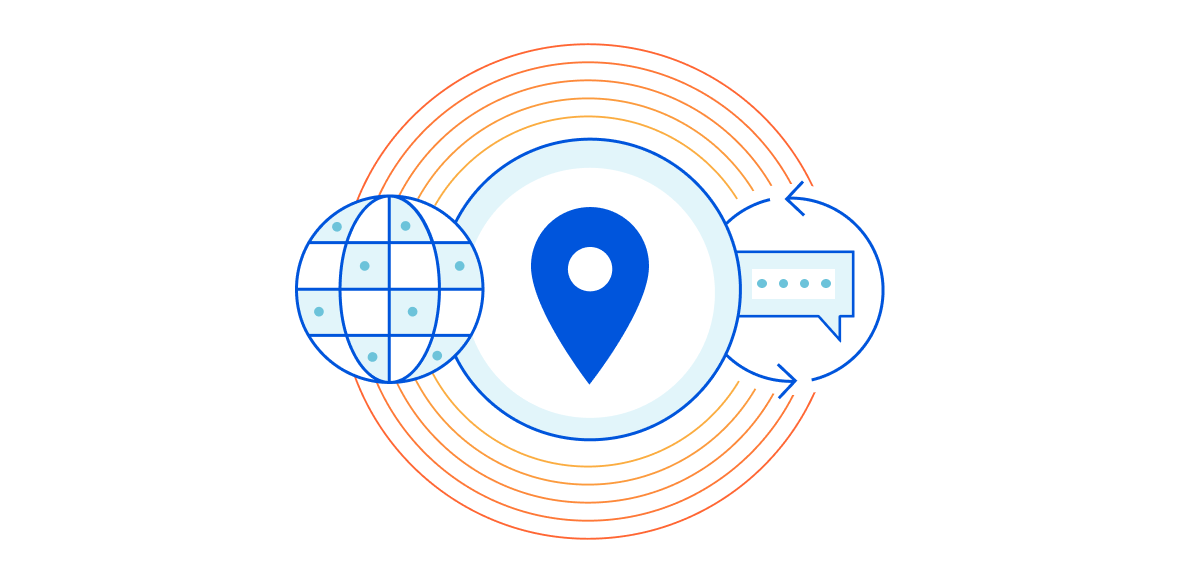Bookmarked Articles
https://codingpackets.com/blog/bookmarked-articles
https://codingpackets.com/blog/bookmarked-articles
Have you ever read a great article and thought. "That was interesting!" Then one day in the future you want to share said article with someone else and cannot for the life of you find it? To fight that tyrany, I am keeping the links to interesting articles I have read on a multitude of...continue reading
We don’t use the first person a lot here at The Next Platform, but I am going to make an exception. …
The Increasing Hybrid Vigor Of AWS Is Historical was written by Timothy Prickett Morgan at The Next Platform.
Are you an introvert and think that social networking is not for you? Then you need to think again as this is definitely not the case. Although a lot of introverts believe that they are not perfect for networking, we have seen many introverts who master the arts of networking. So, how did they actually achieve it? How did they gain the confidence of talking to a stranger? Are you also wondering all of these questions? If yes, then don’t worry, we have got you covered. Just keep reading and you will find everything that you need to know below.
Going to a social networking event without any prior plan or preparation is just a waste of time. When you will not be able to achieve anything at the event, it will demotivate you more. This is why you need to have a plan in action. When you are prepared in advance, it will give you the confidence to talk to other people as well. So, the most important thing to do if you are an introvert is to have a plan in advance.
You might feel nervous walking in a room Continue reading
I’ve been chasing BGP security since before the publication of the soBGP drafts, way back in the early 2000’s (that’s almost 20 years for those who are math challenged). The most recent news largely centers on the RPKI, which is used to ensure the AS originating an advertisements is authorized to do so (or rather “owns” the resource or prefix). If you are not “up” on what the RPKI does, or how it works, you might find this old blog post useful—its actually the tenth post in a ten post series on the topic of BGP security.
Recent news in this space largely centers around the ongoing deployment of the RPKI. According to Wired, Google and Facebook have both recently adopted MANRS, and are adopting RPKI. While it might not seem like autonomous systems along the edge adopting BGP security best practices and the RPKI system can make much of a difference, but the “heavy hitters” among the content providers can play a pivotal role here by refusing to accept routes that appear to be hijacked. This not only helps these providers and their customers directly—a point the Wired article makes—this also helps the ‘net in a larger way Continue reading
All you have to do is take a look around you and it becomes obvious that people just simply don’t like change. Conversely, all you have to do is look around you and it becomes obvious that our industry is in almost a constant state of change. How do we reconcile these things? How can we adapt to the ever changing world around us, and how can we utilize this knowledge to be more effective influencers of change within our organizations and within our jobs.
Now this topic, like many of the topics that have become episodes on Network Collective lately, was prompted by a conversation in the Network Collective Slack. It has an IPv6 bend to it, as IPv6 seems to be the change the industry continually likes to avoid, but the avoidance of change isn’t something new. Nick, I’m going to start with you. Do you think the aversion to change in our industry is just a reflection of being human, or do you think there is more to it than that.
This week's Network Break analyzes the implications of Salesforce's Slack acquisition, discusses why HPE is moving its HQ to Houston, new ASICs from Broadcom, the distastefulness of Dell selling security add-ons for its supply chain, the shakiness of IETF funding, and more tech news.
The post Network Break 313: Salesforce Snaps Up Slack; HPE To Decamp For Houston appeared first on Packet Pushers.

Homework canyon: Two-thirds of the school children across the globe don’t have Internet access, according to a new report, India Today says. The report from the United Nations Children’s Fund and the International Telecommunication Union says the lack of access is a major problem during the COVID-19 pandemic. “That so many children and young people have no internet at home is more than a digital gap, it is a digital canyon,” said UNICEF Chief Henrietta Fore. “Lacking connectivity prevents young people from competing in the modern economy.”
A quantum breakthrough: A Chinese research team has built a quantum computer capable of performing computations nearly 100 trillion times faster than the world’s most powerful supercomputer, The Independent reports. The Chinese feat comes about a year after a Google team passed the same milestone, although the Chinese quantum computer uses a different setup than Google’s.
Research by smartphone: Smartphone users in 17 countries, including the U.K., Australia, South Africa, and Germany, are donating excess smartphone computing time to the DreamLab app, which uses the computing power to research treatment for people suffering from long-term COVID-19 effects. The study is being run by Imperial College London and the Vodafone Foundation charity, Continue reading


The first phase of the Internet lasted until the early 1990s. During that time it was created and debugged, and grew globally. Its growth was not hampered by concerns about data security or privacy. Until the 1990s the race was for connectivity.
Connectivity meant that people could get online and use the Internet wherever they were. Because the “inter” in Internet implied interoperability the network was able to grow rapidly using a variety of technologies. Think dialup modems using ordinary phones lines, cable modems sending the Internet over coax originally designed for television, Ethernet, and, later, fibre optic connections and WiFi.
By the 1990s, the Internet was being used widely and for uses far beyond its academic origins. Early web pioneers, like Netscape, realized that the potential for e-commerce was gigantic but would be held back if people couldn’t have confidence in the security of online transactions.
Thus, with the introduction of SSL in 1994, the Internet moved to a second phase where security became paramount. Securing the web, and the Internet more generally, helped create the dotcom rush and the secure, online world we live in today. But this security was misunderstood by some as providing guarantees about privacy Continue reading


Today we’re excited to announce the Cloudflare Data Localization Suite, which helps businesses get the performance and security benefits of Cloudflare’s global network, while making it easy to set rules and controls at the edge about where their data is stored and protected.
The Data Localization Suite is available now as an add-on for Enterprise customers.
Cloudflare’s network is private and compliant by design. Preserving end-user privacy is core to our mission of helping to build a better Internet; we’ve never sold personal data about customers or end users of our network. We comply with laws like GDPR and maintain certifications such as ISO-27001.
Today, we're announcing tools that make it simple for our customers to build the same rigor into their own applications. In this post, I'll explain the different types of data that we process and how the Data Localization Suite keeps this data local.
We’ll also talk about how Cloudflare makes it possible to build applications that comply with data locality laws, while remaining fast, secure and scalable.
Cloudflare's customers have increasing desire or face legal requirements for data locality: they want to control the geographic location where their data is handled. Continue reading
Recording the same content for the third time because software developers decided to write code before figuring out what needs to be done is disgusting… so it took me a long long while before I collected enough willpower to rewrite and retest all the examples and re-record the Getting Operational Data section of Ansible for Networking Engineers webinar.
The new videos explain how to consume data generated by show commands in JSON or XML format, and how to parse the traditional text-based show printouts. I dropped mentions of (semi)failed experiments like Ansible parse_cli and focused on things that work well: TextFSM, in particular with ntc-templates library, pyATS/Genie, and TTP. On the positive side, I liked the slick new cli_parse module… let’s hope it will stay that way for at least a few years.
On a totally unrelated topic, I realized (again) that fail fast, fail often sounds great in a VC pitch deck, and sucks when you have to deal with its results.
Recording the same content for the third time because software developers decided to write code before figuring out what needs to be done is disgusting… so it took me a long long while before I collected enough willpower to rewrite and retest all the examples and re-record the Getting Operational Data section of Ansible for Networking Engineers webinar.
The new videos explain how to consume data generated by show commands in JSON or XML format, and how to parse the traditional text-based show printouts. I dropped mentions of (semi)failed experiments like Ansible parse_cli and focused on things that work well: TextFSM, in particular with ntc-templates library, pyATS/Genie, and TTP. On the positive side, I liked the slick new cli_parse module… let’s hope it will stay that way for at least a few years.
On a totally unrelated topic, I realized (again) that fail fast, fail often sounds great in a VC pitch deck, and sucks when you have to deal with its results.